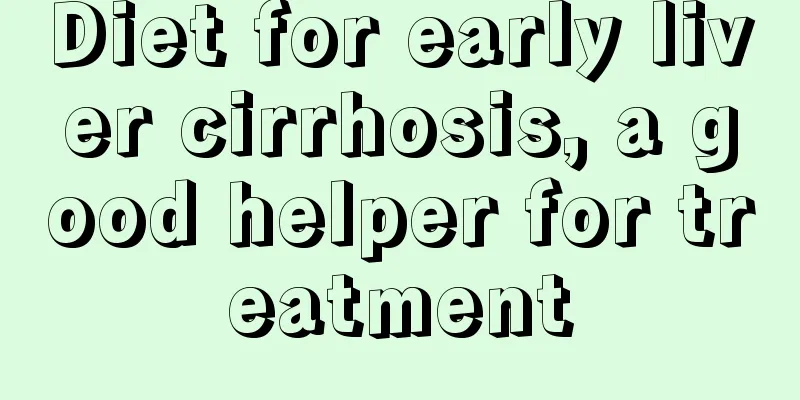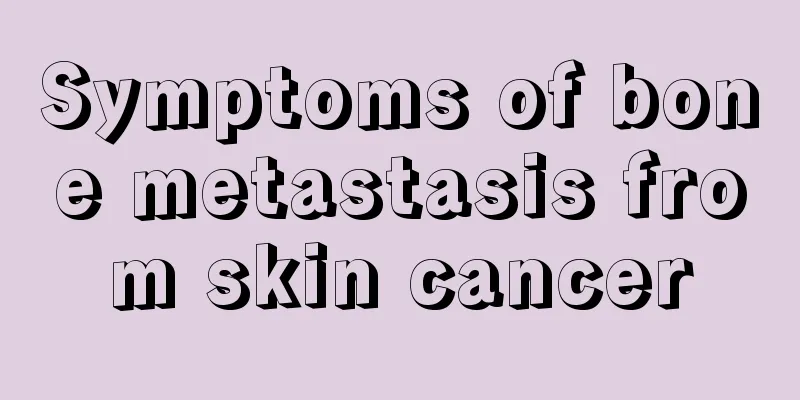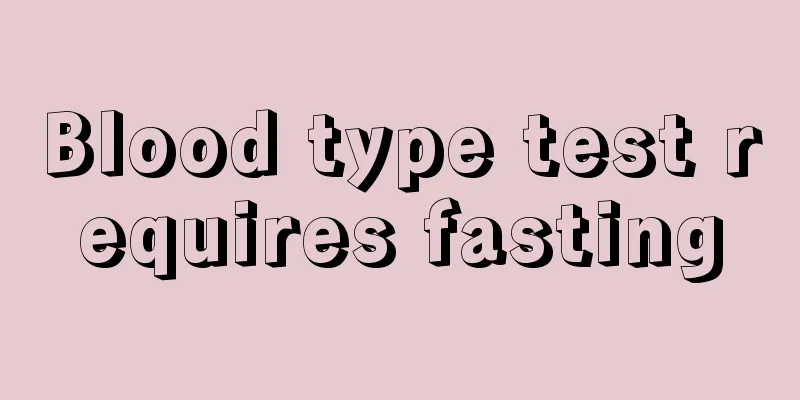Diet for early liver cirrhosis, a good helper for treatment

|
If people find that they have liver cirrhosis in the early stage, they don't need to panic. If they are stressed, the condition will not get better but worse. We should face it with a normal mentality. If we pay attention to diet after having early liver cirrhosis, and add drug treatment, there will be no problem at all. What should we pay attention to in diet for early liver cirrhosis? A low-fat, high-protein, high-vitamin and easy-to-digest diet is recommended. It should be eaten regularly, quantitatively and in moderation. In the early stage, you can eat more soy products, fruits, fresh vegetables, and eat sugars, eggs, fish and lean meat appropriately. When liver function is significantly reduced and there are signs of hepatic coma, protein intake should be properly controlled, and a low-salt diet or a salt-free diet is recommended. The daily salt intake should not exceed 1 to 1.5 grams, and the amount of water should be within 2000 ml. In case of severe ascites, the salt intake should be controlled within 500 mg and the water intake within 1000 ml. Spicy and stimulating foods and hard, raw and cold foods should be avoided, and overheated foods should not be eaten to prevent complications of bleeding. The diet should be diversified, with good color, flavor, fragrance, softness, taste and easy digestion. Patients with cirrhosis generally have decreased digestive function and poor appetite, so pay attention to changes in the diet, choose some of the patient's favorite foods, and pay attention to cooking to increase the patient's appetite. There must be enough calories. Adequate calories can reduce protein consumption, reduce the burden on the liver, and promote the synthesis of tissue protein. The most appropriate daily food calorie intake for patients with cirrhosis is 2500-2800 kcal. Based on body weight, about 35-40 kcal of calories are needed per kilogram of body weight per day. Food should be soft and not rough. You should avoid eating foods with thorns and bones, as well as foods containing rough fiber such as celery, leeks, old cabbage, and bean sprouts. You should also avoid eating hard, crispy dry foods to prevent injuring the esophagus and causing rupture and bleeding. Patients with esophageal varices should be given liquid diet, such as vegetable puree, minced meat, and soft rice. They should fast when there is upper gastrointestinal bleeding. |
>>: Why does the left side of my neck hurt? The infection is the most serious
Recommend
Symptoms of appendicitis
Appendicitis is a relatively common disease that ...
How to check for early symptoms of melanoma
When a person is sick, he or she will think about...
What is the use of nasopharyngeal carcinoma metastatic nuclide and how to treat nasopharyngeal carcinoma
What is the use of radionuclides for nasopharynge...
What is the cause of increased bilateral lung texture?
The increase in bilateral lung markings cannot be...
How to clean oil stains
Oil stains are something that many housekeepers f...
How much does bladder cancer surgery cost? Four factors affect the cost of bladder cancer surgery
Bladder cancer not only has a great impact on the...
How can I wash moldy clothes
I believe that when it rains, our clothes will ne...
What should I do if I have herpes and it swells
Modern medical technology is becoming more and mo...
Nursing diagnosis after surgery for endometrial cancer
Nursing diagnosis is a clinical judgment about th...
What are the early symptoms of Helicobacter pylori
Helicobacter pylori is a common bacterium. Many p...
How to do hair spa without any harm
Nowadays people are paying more and more attentio...
The correct way to remove freckles with olive oil
When faced with pigmentation, everyone will go to...
How to treat kidney disease edema
Kidney disease generally refers to abnormal kidne...
What are the symptoms of sunken eyeball due to orbital fracture
Orbital fractures can easily cause sunken eyeball...
What is the role of butter
Nowadays, many people like to bake at home. Butte...









